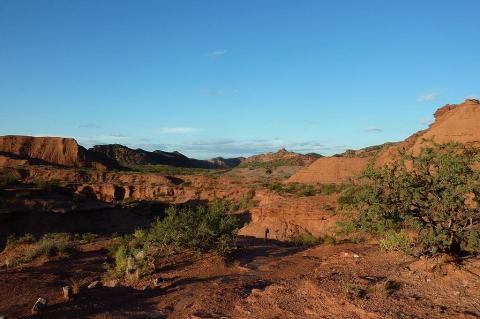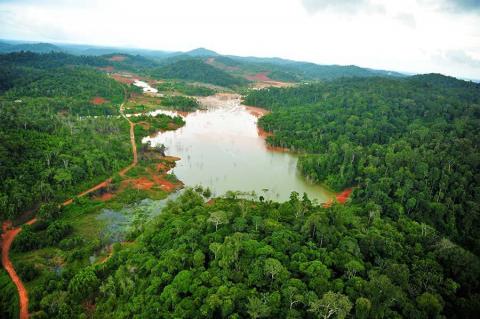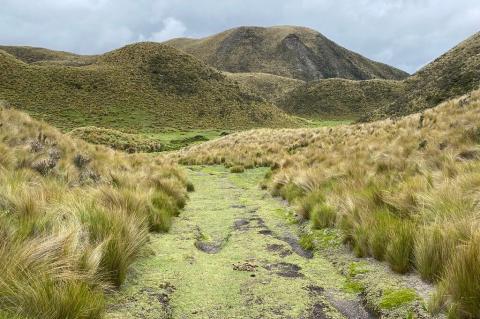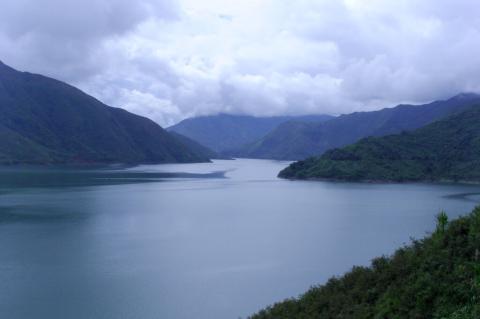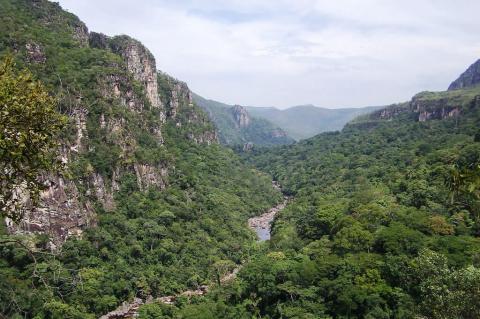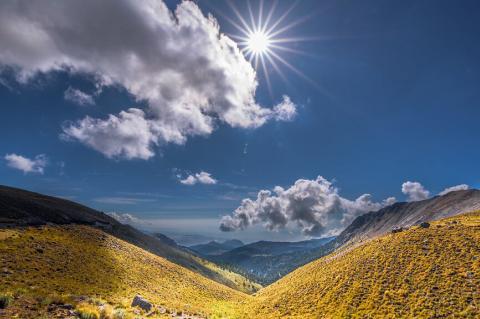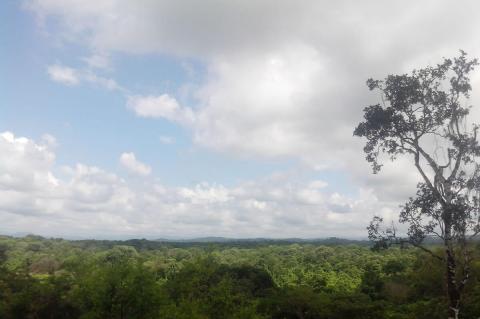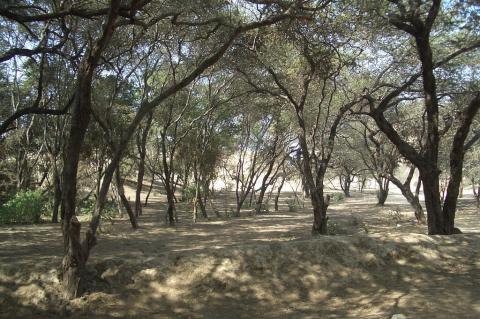Sierra de las Quijadas National Park: Preserving the Chaco-Monte Ecotone
Nestled in the heart of Argentina's San Luis province, the Sierra de las Quijadas National Park is a unique and ecologically significant protected area. Established to safeguard the natural features of the Semiarid Chaco and Argentine Low Monte ecoregions, this park represents a critical transitional zone between these two distinct biomes, offering a remarkable diversity of plant and animal life.
